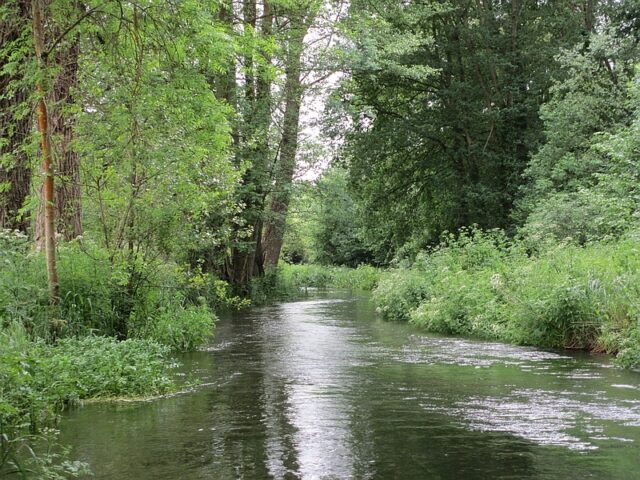The Environment Agency and Forestry Commission have published a report about riparian buffer zones, which are strips of uncultivated land on the river-bank, ideally 10m-20m wide covered with deciduous trees and shrubs.
The report is detailed and, in places, quite technical but the take home message is as clear as ever – buffer zones are good for rivers and for wildlife. They help reduce flooding, reduce diffuse pollution, capture sediment and carbon and keep rivers cool by providing shade.
The video below is a simple but graphic demonstration of the effect of buffer strips.

